Crew 315 Operations Report 21-04-2025
SOL: 1
Name of person filing report: Michael Andrews
Non-nominal systems: Furnace, Suit #7 Charger, Greenhouse Scale
Notes on non-nominal systems:
1. Oil leak on the main generator, which requires us to use the backup generator at night. This is being worked solely by Mission Support and does not require crew engineering.
2. It was noted that Suit #7 wasn’t charging, but further diagnosis from the Commander has isolated the issue to the #7 charger. Troubleshooting this will take place over the next day.
3. The greenhouse scale does not turn on, suspected batteries are dead and need to be replaced.
ROVERS
Spirit rover used: No
Hours: Not Used
Beginning charge: Not Used
Ending charge: Not Used
Currently charging: No
Opportunity rover used: Yes
Hours: 217.9 (0.2 hours used)
Beginning charge: 100%
Ending charge: 95%
Currently charging: No
Curiosity rover used: Yes
Hours: 311.5 (0.3 hours used)
Beginning charge: 99%
Ending charge: 94%
Currently charging: No
Perseverance rover used: Yes
Hours: 322.4 (0.2 hours used)
Beginning charge: 100%
Ending charge: 98%
Currently charging: No
General notes on rovers: None
Summary of Hab operations: The crew spent the morning trying out their project hardware (drones and Starlink mini) before starting simulation at noon. The crew split into two EVA teams and went to Marble Ridge as a MDRS tradition. Afterwards, we performed a 100cameras module with HSO Koi before dinner.
Water Use
Time of measurements: 2040
1) Per formula: 45.75 gallons
2) Smart Home Dashboard: Unable to calculate with main generator down
Water (static tank, remaining gallons): 461.78 gallons
Static tank pipe heater (on or off): No
Static tank heater (on or off): No
Toilet tank emptied (no or yes): No
Summary of internet: Used to complete reports, learn languages, share team photos via Google drive, streaming shows
Summary of suits and radios: Two EVAs were performed today, splitting the teams into two halves in order to complete the marble ritual.
· EVA 1: Suits 6, 8, 10 and Radios 1, 3, 4
· EVA 2: Suits 7, 9 and Radios 1, 2
Summary of GreenHab operations: Watered all plants and harvested some basil to go with olive oil for dipping with bread.
WATER USE: 10.8 gallons
Heater (On or Off): On
Supplemental light (hours of operation): 1900-2200
Harvest (name, weight in grams): Basil, Parsely, and Chives… all amounted to a handful but unable to weigh due to inoperable scale.
Summary of ScienceDome operations: Set up engineering project hardware (EVA Connectivity Kit and 3D Scanning Kit) and tested Starlink Mini outside at the observatory.
· EVA Connectivity Kit: Starlink took approximately 5 minutes to connect, and immediately uninstalled a software update. Crew Artist, Crew Journalist, Crew Engineer, and HSO were all able to connect successfully. Several speed tests were performed, with a maximum download of 186 Mbps and upload of 19.0 Mbps. 16% of the battery pack was consumed over 20 minutes.
Dual split (Heat or AC, On or Off): Off
Summary of RAM operations: (Tools used, work done)
· Leaking Sink: needle nose pliers, adjustable wrench, and plumber’s tape taken – all returned to the RAM. A little troubleshooting revealed that the stopper was clogged and needed to be removed, cleaned, and reinstalled. Plumber’s tape was added to the stopper’s side port to prevent leaking. Previously the stopper was wrapped externally with tape, but that was removed after the plumber’s tape solved the problem.
· Loose Staircase Mat: adjustable wrench, 3/8” deep socket, 2 nuts, and 2 washers were taken – nuts and washers were consumed, all other tools returned. The topmost staircase’s mats are loose, and it was discovered that no washer and nut was installed on the underside of the mat in two locations. A washer and nut was added, tightened, and now the stair provides less of a tripping hazard.
· Zip Ties: Only several open grommets were noted, mainly ones underneath other tarps. However, afternoon gusts liberated several zip ties that need replacing. I will make a routine of replacing the zip ties every morning before afternoon gusts arrive. In short, no zip ties were used today.
Summary of any observatory issues: None
Summary of health and safety issues: None
Questions, concerns and requests to Mission Support: None
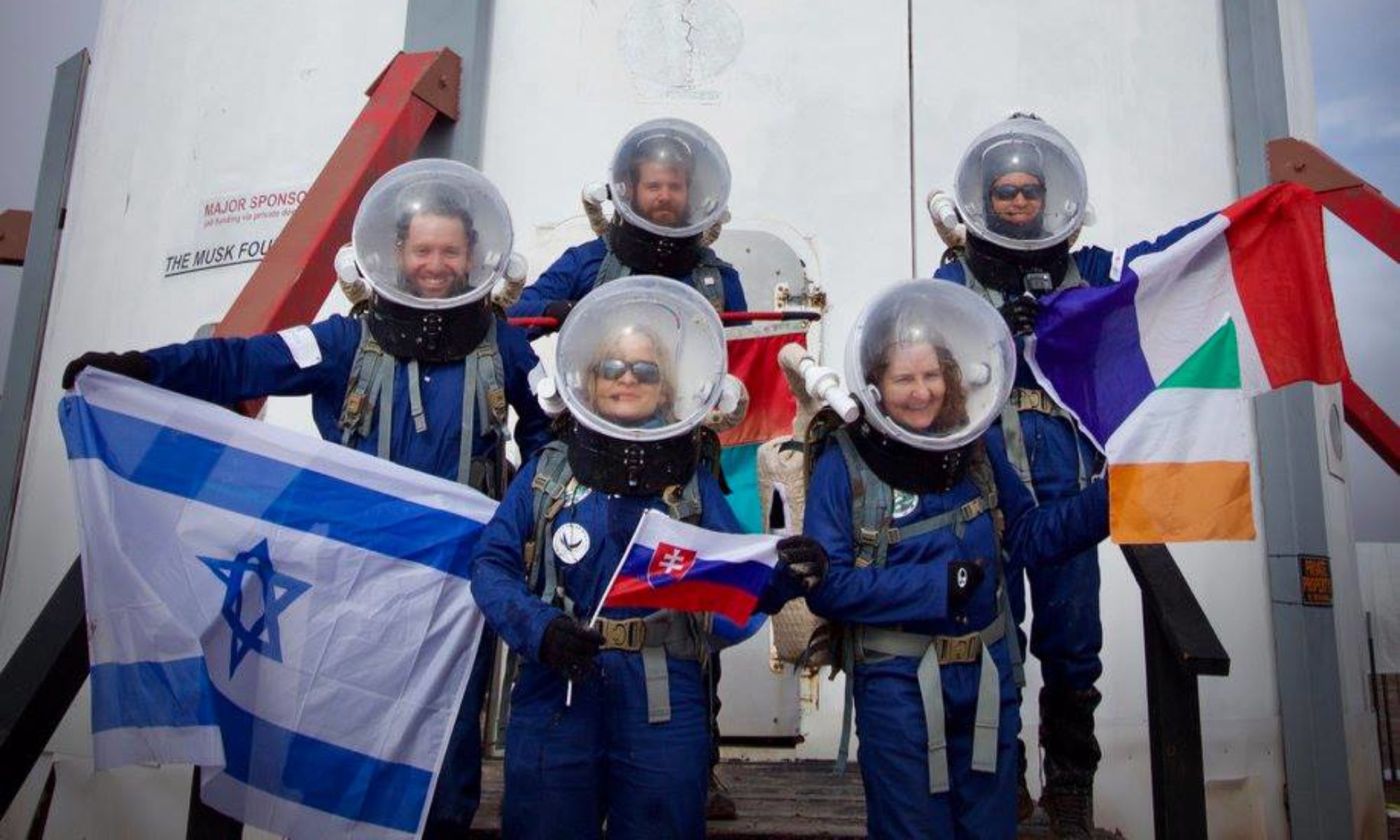
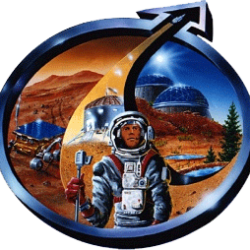
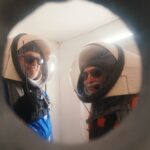
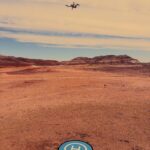
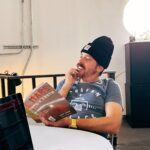
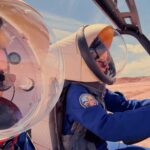
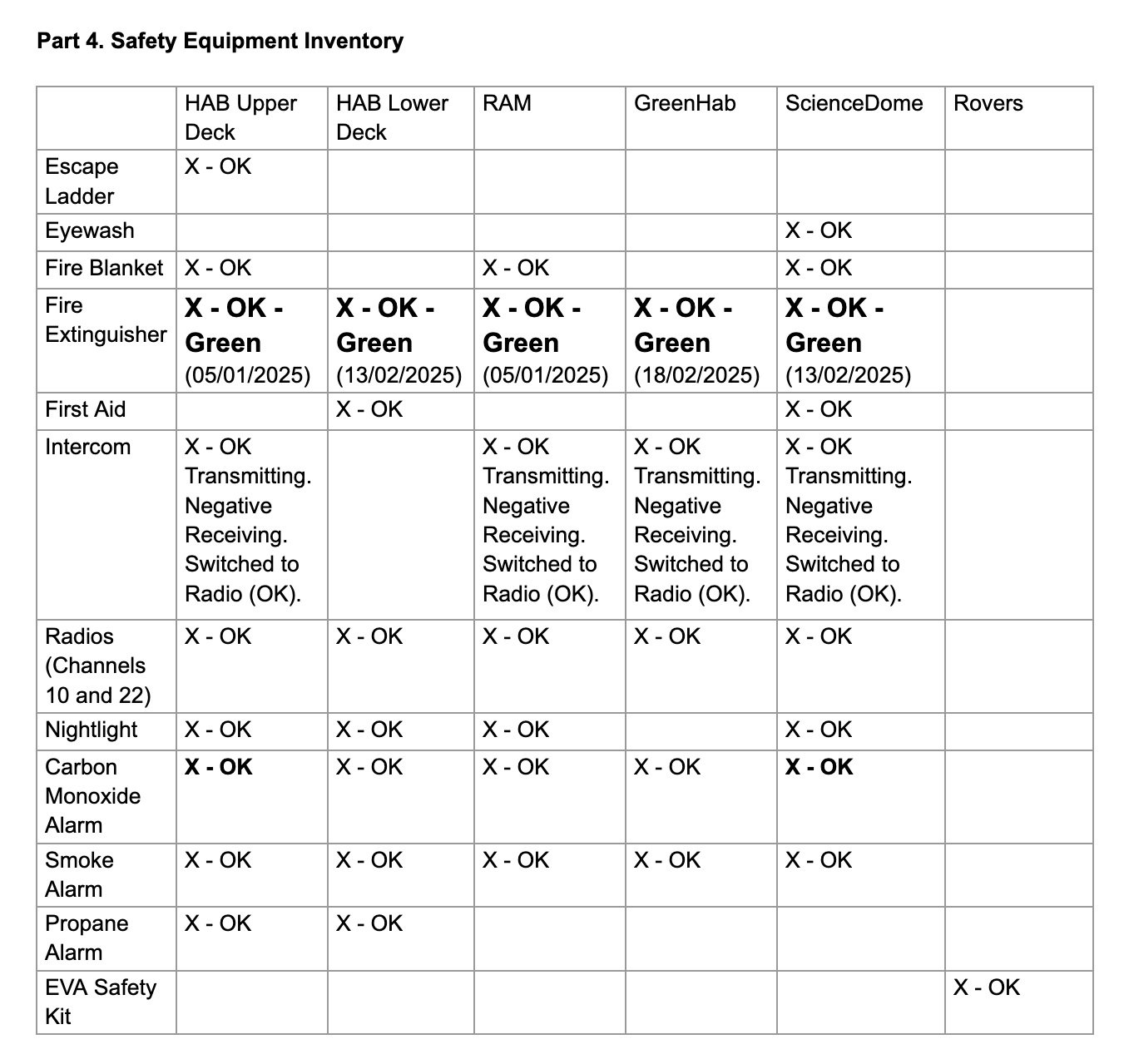
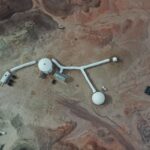
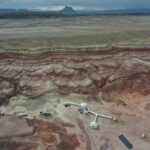
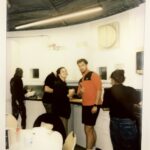
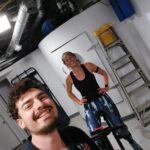
You must be logged in to post a comment.